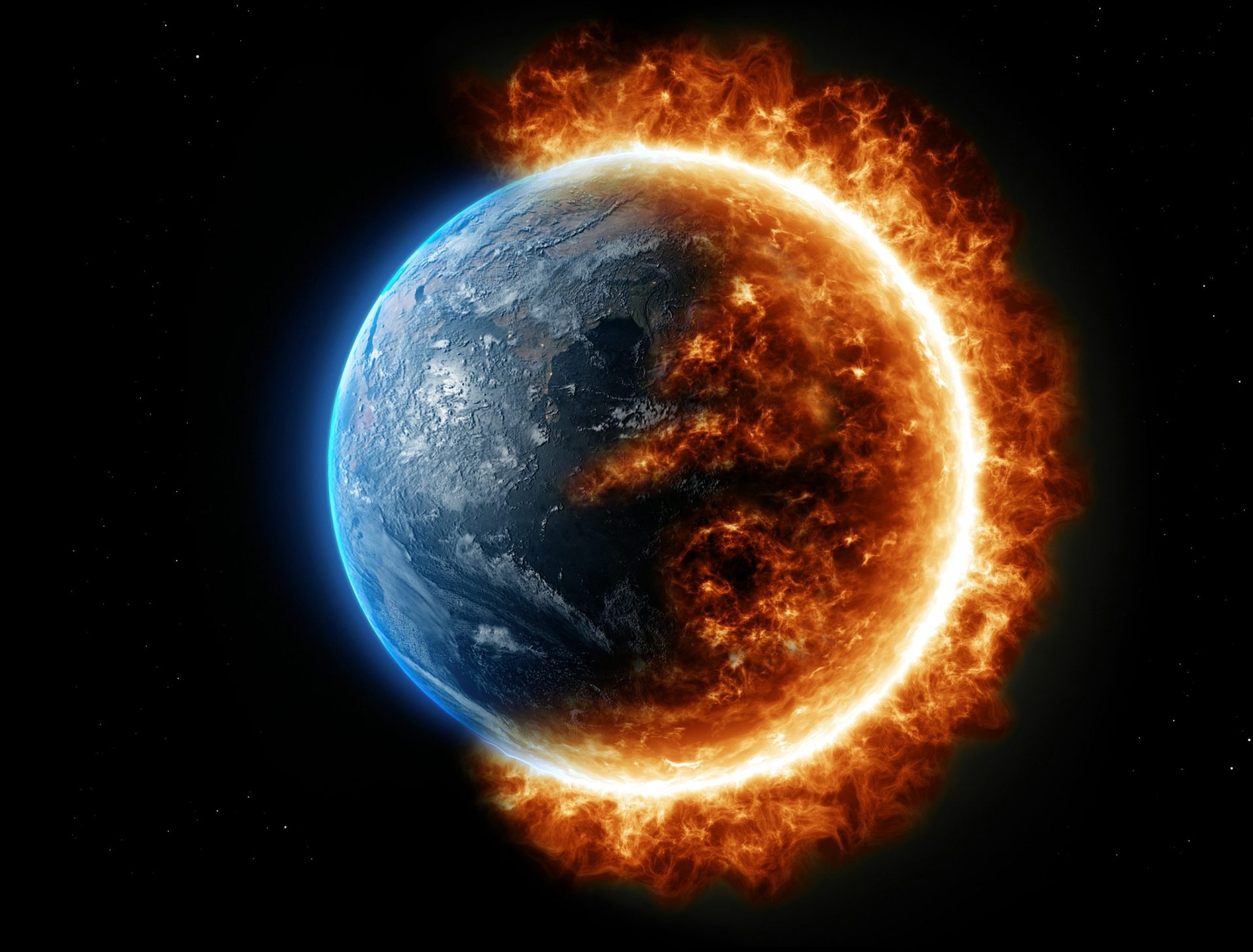Global warming is escalating water shortage around the world. Increasing temperatures surge threatened, disrupt rainfall patterns, and shrink vital freshwater sources like glaciers and snowpacks. As demand for water rises and supplies diminish, it becomes crucial to explore sustainable solutions.
Improving water efficiency:This includes progress irrigation systems in agriculture by far the largest consumer of freshwater. Drop irrigation and accuracy farming help reduce waste and conserve water. In cities, fixing leaks, installing low-flow fittings, and encouraging water-wise habits can significantly cut drinking.

Recycling and reprocessing water: Greywater from sinks, showers, and laundry can be treated and reprocessed for non-drinking purposes like landscaping or toilet flushing. In some counties, advanced purification technologies even make it possible to recycle wastewater into clean drinking water.
Purification: Removing salt from seawater, offers a potential lifeline for coastal societies. While energy-intensive, fresher technologies are making desalination more efficient and less costly. However, environmental concerns and energy use must be carefully managed.

Protecting and restoring natural ecosystems:Wetlands, forests, and healthy soil act as natural water filters and storage systems. Conserving these resources helps regulate water cycles and improves resilience to drought. In conclusion, climate adaptation policies are essential. Governments must capitalize in set-up, support research, and enforce regulations that prioritize water security. Community education and global collaboration are also crucial, as water scarcity respects no borders. While global warming presents a serious challenge, a combination of innovation, protection, and smart strategy can help communities adjust and secure water for future generations. The time to act is now before the taps run dry.


